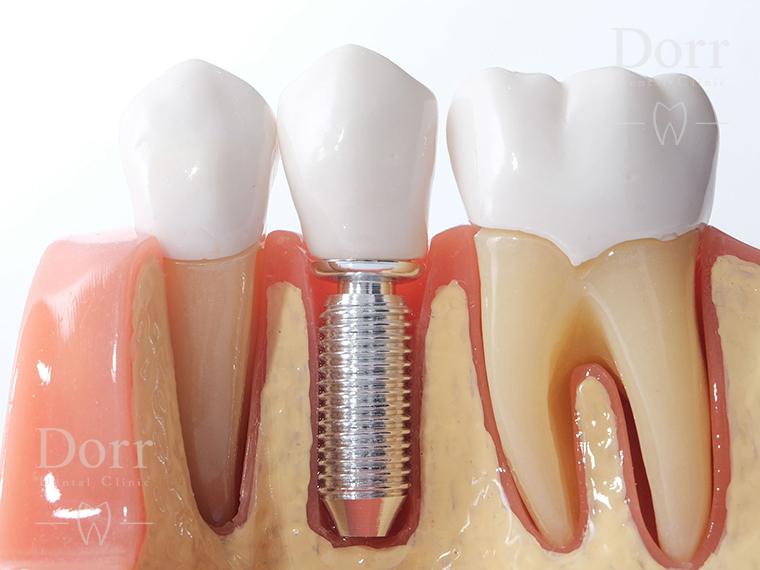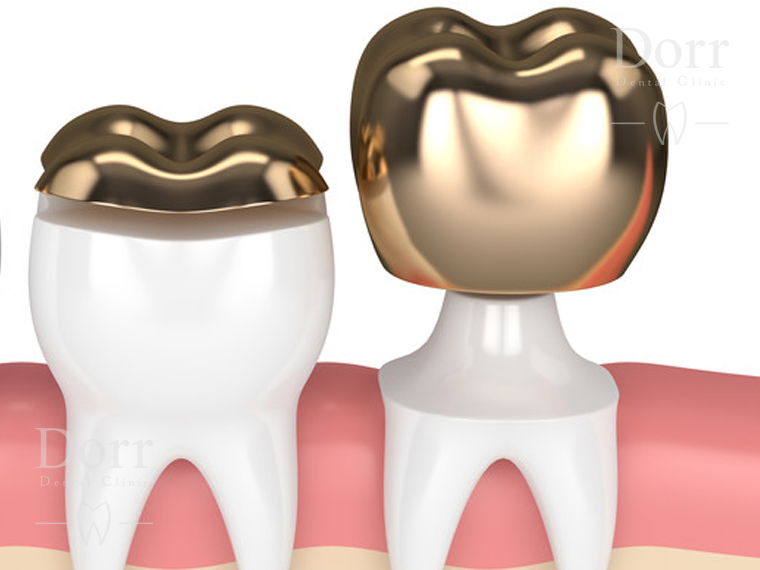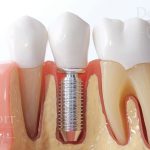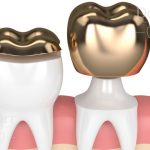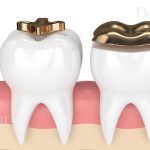

Dental veneer are thin covers that attach to the front surface of the teeth to provide a beautiful smile and protect the tooth’s surface from damage and correct spacing, minor chips or breaks, crowding and discoloration. They usually last between 7-15 years and after that they would need to be replaced. Veneers don’t require special care. You just need to observe oral hygiene practices including, flossing, brushing, and raising with mouthwashes.
Pros and Cons of veneers
Veneers look as natural teeth and can be match and tinted exactly to the surrounding teeth while they are highly resistant to tea, coffee and other food stains. Dental veneer rebuilds your smile and increase your self-esteem with a charming appearance.
On the other hand, veneers are expensive, they are not repairable if they chip or crack, your teeth may become more sensitive to hot and cold foods and beverages after the veneer because of removing enamel and they may dislodge and fall off.
Types of veneers
Veneers also come in different types:
Lumineers: they are strongest and thinnest dental veneer. Lumineers are pain free and no need to grinding. Depending on the patient’s special need, this procedure may require either minimal tooth preparation or no tooth preparation.
Composite: they also called bonded veneers are cheaper and less destructive way to improve the smile that last around five to ten years. Composites cover the front teeth but are more face with chipping and staining than porcelain veneer.
Palatal: this type of veneer is different with the other types because they place back of the teeth instead of front surface of the teeth. They usually made of gold, although they can be construct of porcelain or composite materials.
porcelain: it is made of long lasting and high quality ceramic that match with the shade of the surrounding teeth and provide you a natural looking. It is a very strong type of veneer which can last for a long time.
Non-permanent veneers: they are made of flexible type of plastic or resin material. They usually used before the placement of porcelain veneers and you can remove them easily if needed.
Dental veneer procedure
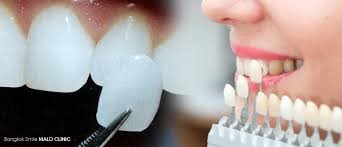
Generally, getting dental veneer procedure take two appointment sessions. The process including:
- Preliminary: your dentist take x-ray and check the health of your teeth.
- Preparation: about half a millimeter of your tooth enamel will trim by your dentist and a mold of your teeth will send to the lab to prepare the veneers. It may take about two weeks.
- Placement: After the laboratory send the veneer to your dentist, he/she will clean your teeth then fit the veneers over your teeth.
- Preservation: After the procedure your dentist will check whether veneers are properly placed over your teeth in a follow-up visit.
Difference between veneer and laminate
Dental laminates are thin shell that also attach to the tooth’s surface in order to change the color, shape and size for aesthetic goals.
Laminates are thinner compare to veneers. They are very popular because of the lightweight and lack of inconvenience as well as minimal need to remove enamel; also tooth preparation is unessential for laminates. They will fit exactly over the front surface of the teeth and provide you pretty long-lasting smile. Immediately after your laminate are fitted over your teeth you feel comfortable and natural and they last for a long time but not forever. They could be reversible in future.
But if there is gap between your teeth, laminate is not a good option for this condition. You should use of veneers which are more flexible in the modeling. On the other hand, there is a large shaving for adhering veneers because there is a potential downside to veneers and if you have to remove veneer in the future, it is another issue again. For veneer the tooth preparation is required. Your teeth need to be under a local anesthetic and your doctor remove some of your tooth surface.
Am I a candidate for dental veneers or laminates?
If you have gap between your teeth or your teeth are chipped and broken, veneer is the right option for you. But laminate just improve your dental appearance and doesn’t fill the gap between your teeth.
Is veneer placement procedure painful?
Usually it is a pain-free procedure. Your teeth and the surrounding tissues will be numbed before the procedure. You may experience some sensitivity before the veneer are attached because of removing enamel but once the porcelains are in place this sensitivity will diaper after few weeks.
How many veneer should I get?
Since the goal of veneer is to improve your smile so it is depending on the wide of your smile. You have to get veneer for as many as your teeth display in your smile. For example, some people only show 6 teeth when they smile while for others may display10- 12 teeth.
Can I get veneers if I have gum disease or dental decay?
Before receiving veneer, you have to treat your dental and periodontal problems. These problems don’t disqualify you from veneers but you have to correct them before undergoes any cosmetic enhancements.
Ask from the doctor

